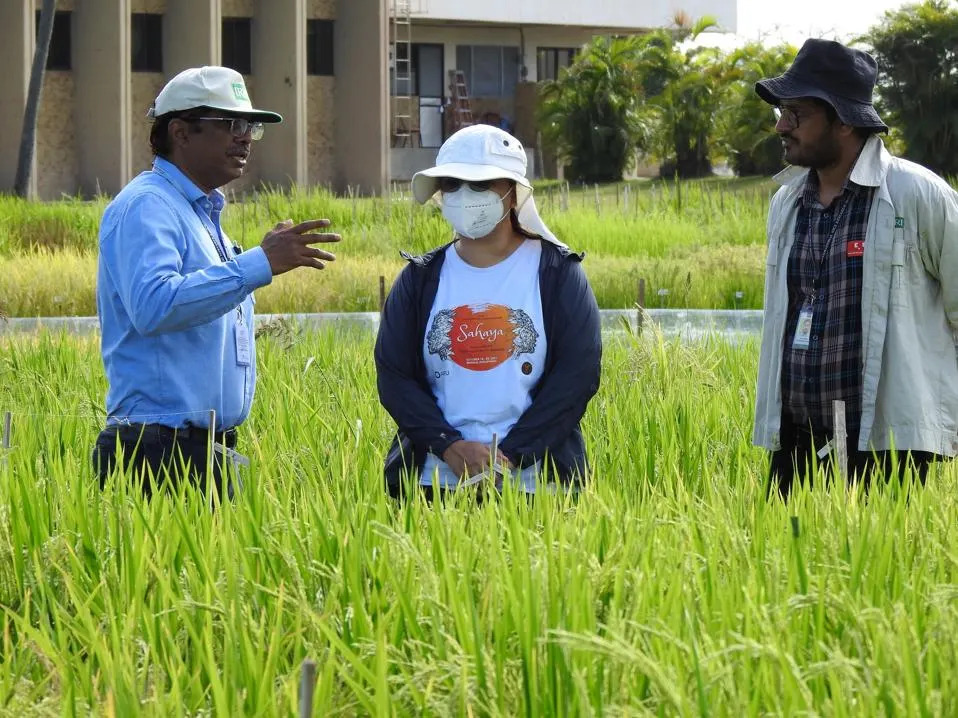An Indian researcher led a team that developed a rice variety that takes up less arsenic and they’re now working on one that will generate less greenhouse gas emissions.
According to the World Health Organization, an estimated 140 million people in over 70 countries drink water containing the toxic element arsenic at levels above WHO guidelines and in the Indian subcontinent, contaminated water from the Himalayas flow down across multiple countries into farmlands and irrigation reservoirs, which are then absorbed by food crops like rice, the dominant dietary staple in the region.
Jauhar Ali, head of the Hybrid Rice Development Consortium (HRDC), at the International Rice Research Institute (IRRI) says that in 2012, he and his team identified that arsenic toxicity was a key rice production constraint in India and Bangladesh.
“We initiated strategic research to develop arsenic protocols for screening and identifying the donors and advancing breeding lines,” he says, “By 2019, we had already released arsenic-safe rice varieties like PR126 and BRRI dhan 69 in India and Bangladesh, and they are currently occupying more than a million hectares.”
Ali explains that these rice varieties possess special genes that reduce or prevent arsenic uptake by the rice plant and grains, making the crop safer for human and animal consumption, providing health and socioeconomic benefits for these communities and regions, and contributing to long-term sustainable development.
Ali and his team were awarded the $250,000 Grand Prize of the Seeding The Future Global Food System Challenge in 2021, which helped accelerate the team’s efforts to make several arsenic-safe rice varieties freely available.

